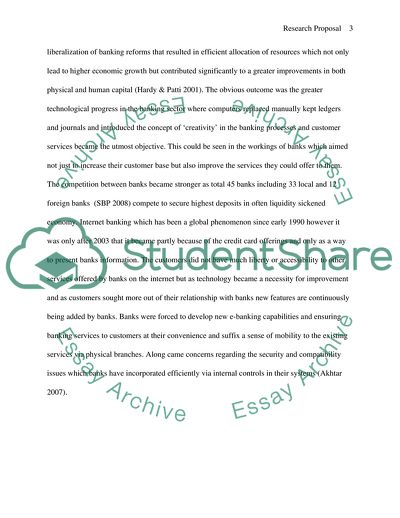Cite this document
(Internet Banking Scenario in Pakistan Research Proposal, n.d.)
Internet Banking Scenario in Pakistan Research Proposal. https://studentshare.org/information-technology/1722430-issues-involved-in-providing-internet-banking-services-in-pakistan
Internet Banking Scenario in Pakistan Research Proposal. https://studentshare.org/information-technology/1722430-issues-involved-in-providing-internet-banking-services-in-pakistan
(Internet Banking Scenario in Pakistan Research Proposal)
Internet Banking Scenario in Pakistan Research Proposal. https://studentshare.org/information-technology/1722430-issues-involved-in-providing-internet-banking-services-in-pakistan.
Internet Banking Scenario in Pakistan Research Proposal. https://studentshare.org/information-technology/1722430-issues-involved-in-providing-internet-banking-services-in-pakistan.
“Internet Banking Scenario in Pakistan Research Proposal”. https://studentshare.org/information-technology/1722430-issues-involved-in-providing-internet-banking-services-in-pakistan.


